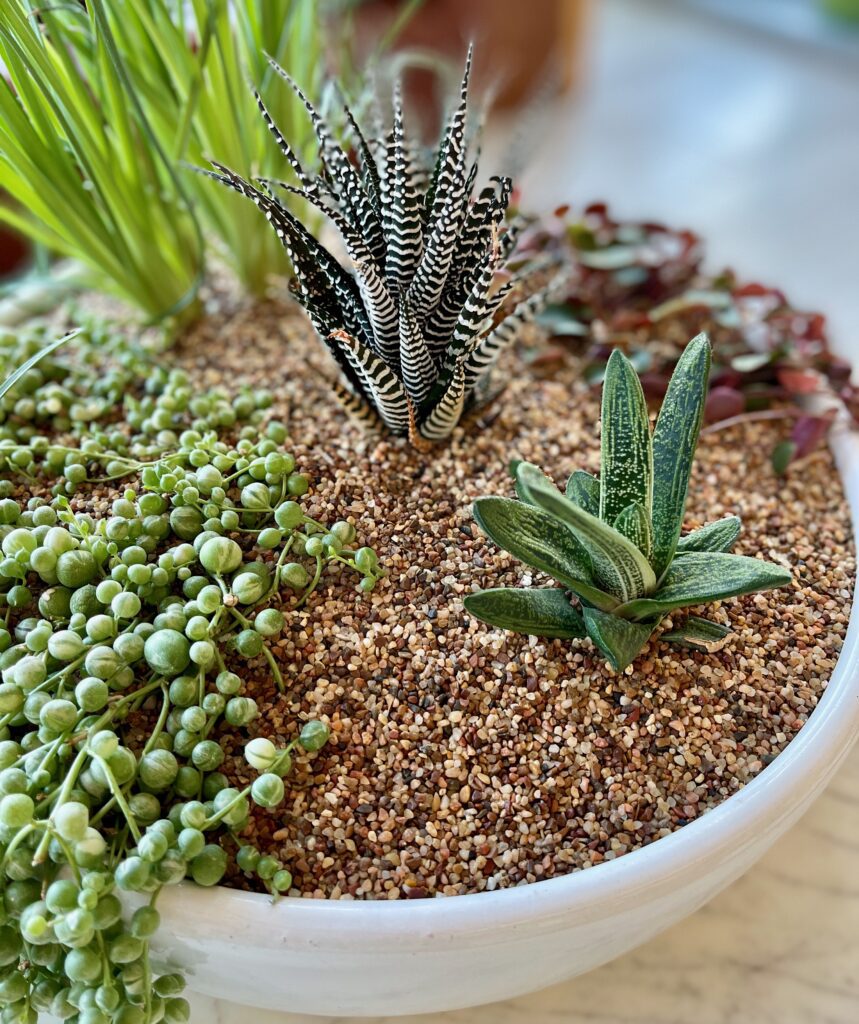If you’re looking to supercharge the growth and look of your indoor plants, then top-dressing your plant containers with potting soil is an absolute must and will pay off with big rewards.
This guide will teach you everything you need to know about this vital plant care process, including the different materials used and the reasons why it’s so essential for maintaining healthy plants.
By following our tips, you’ll be able to create a lush green oasis right in your own home!
Top Dressing Houseplant Soil
Although it might not be the first thing that comes to mind when you think of houseplants, applying top-dressing soil to your plants can make a big improvement in boosting their health along with using the right materials to do this. Top-dressing soil provides nutrients and support for the root system, helps to regulate moisture levels, and also helps prevent pests from invading your plants.
Here are some of the most popular types of materials used to top-dress houseplants:
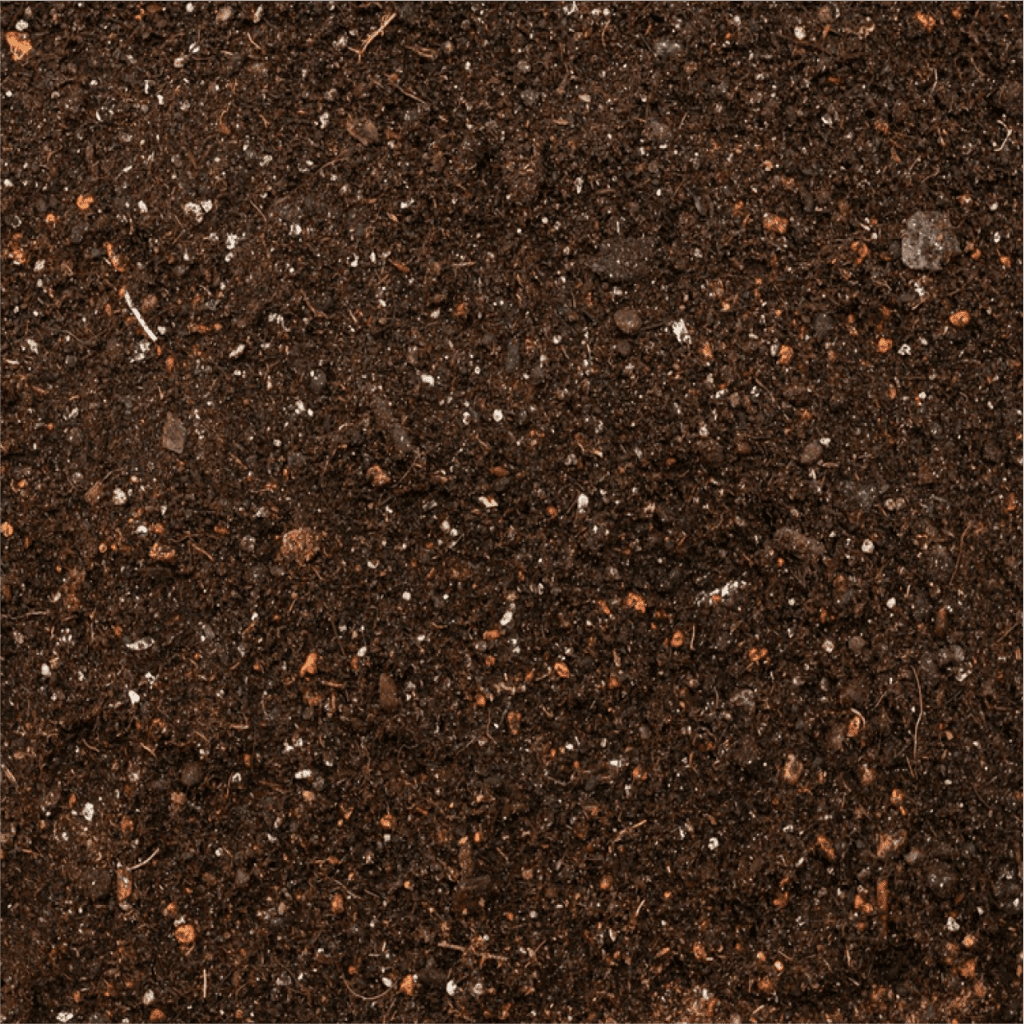

Compost
Compost is an excellent source of nutrients for your plants and their roots, and provides the added benefit of replenishing the soil. Most gardeners know this is a great option for tired plants that could use a nutrient boost. It’s also worth adding a little compost first before adding a more decorative top dressing.
Be sure to use high-quality compost that is indicated as sterilized on the packaging label to make sure that you don’t unintentionally invite pests into your home.
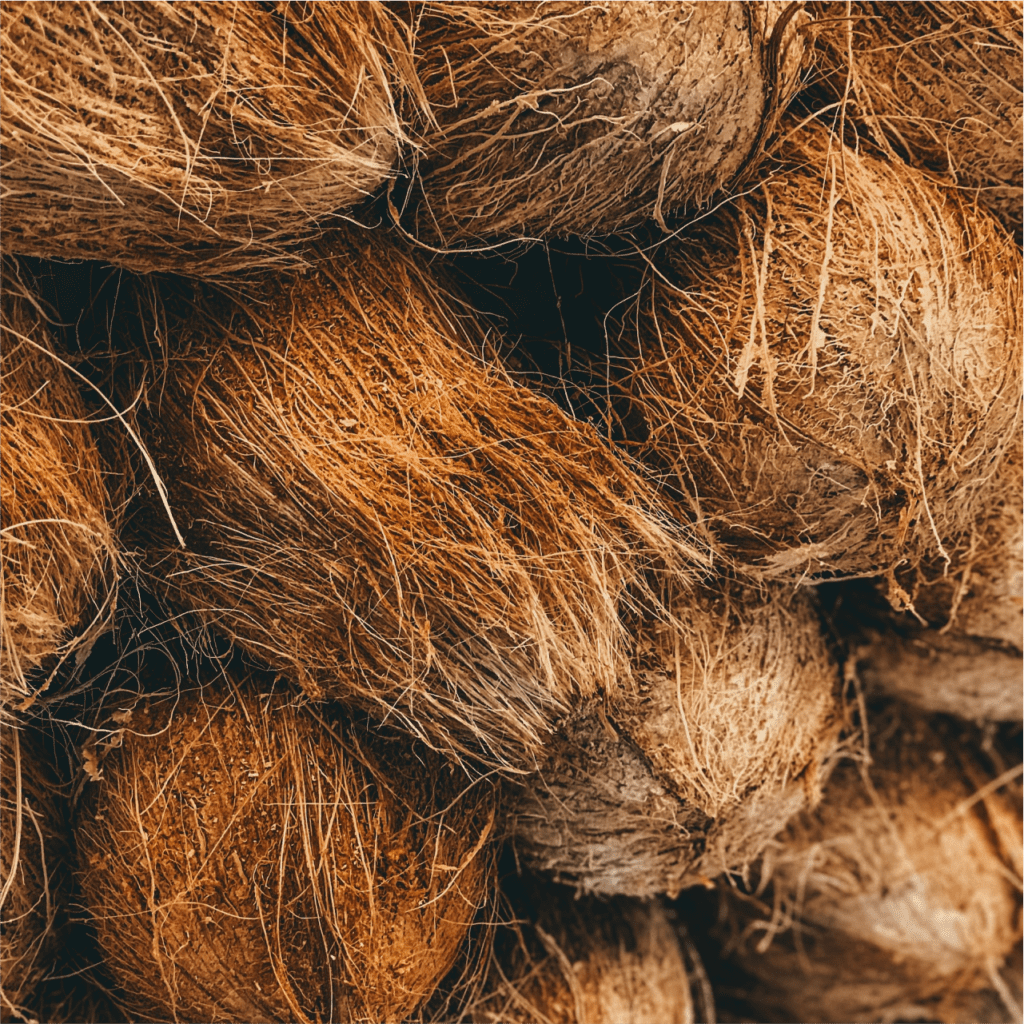

Coco Coir Moss
Coco coir moss is one of my top choices for top-dressing houseplant soil. This very green, up-cycled material, is generated by a waste product of the coconut industry, therefore, you’re contributing to a positive recycling program.
This moss alternative is super tough and will take a very long time to break down in your container. This long-lasting attribute of coco coir means that it needs to be replaced much less often than the other forms of “Real Moss”.
Coco coir moss will help to retain moisture in the soil, but also allows for more airflow than other top soil dressing options.
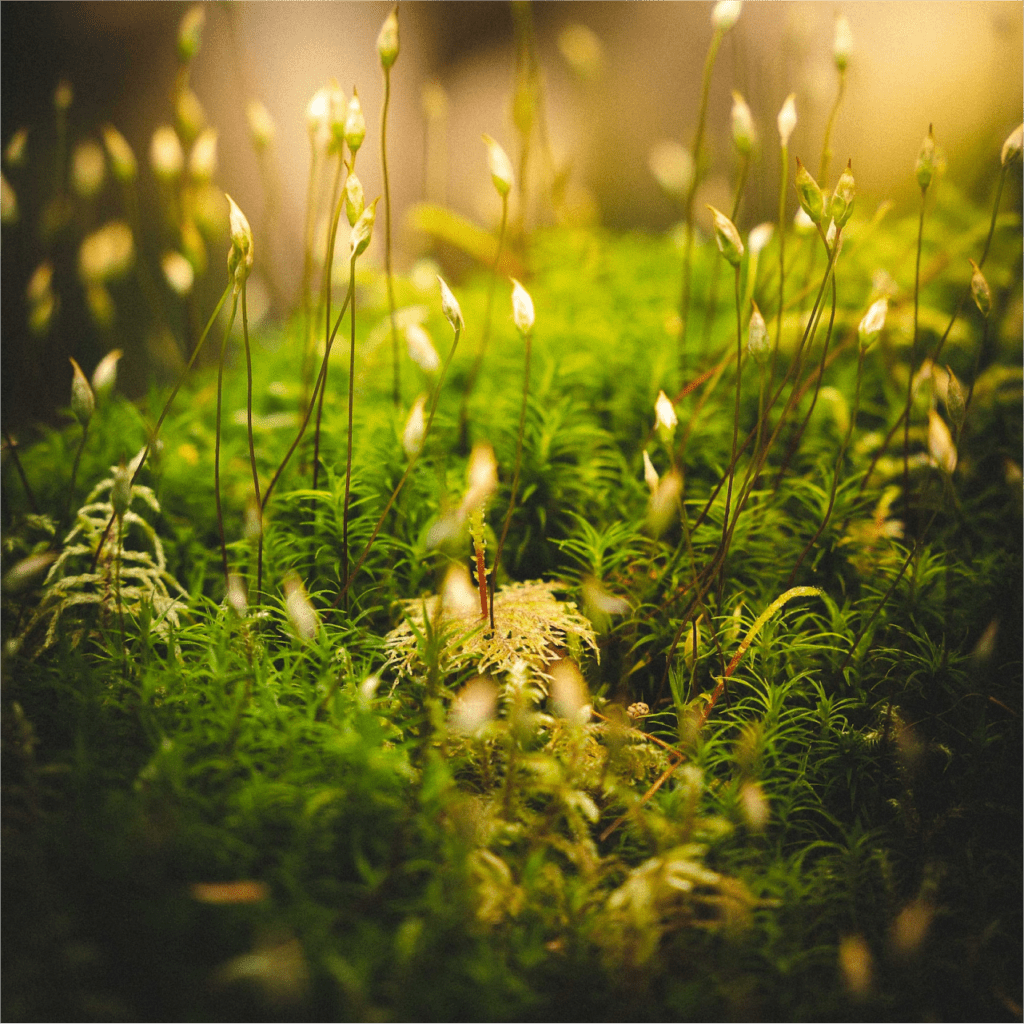

Sphagnum Peat Moss
Fibrous sphagnum peat moss is another popular choice for top-dressing houseplants. It helps to retain a lot of moisture in the soil, which is perfect for plants that prefer high humidity and water-loving plants. Unfortunately, peat moss is not a sustainable or green option and should probably be avoided unless it is essential for the plant’s health.
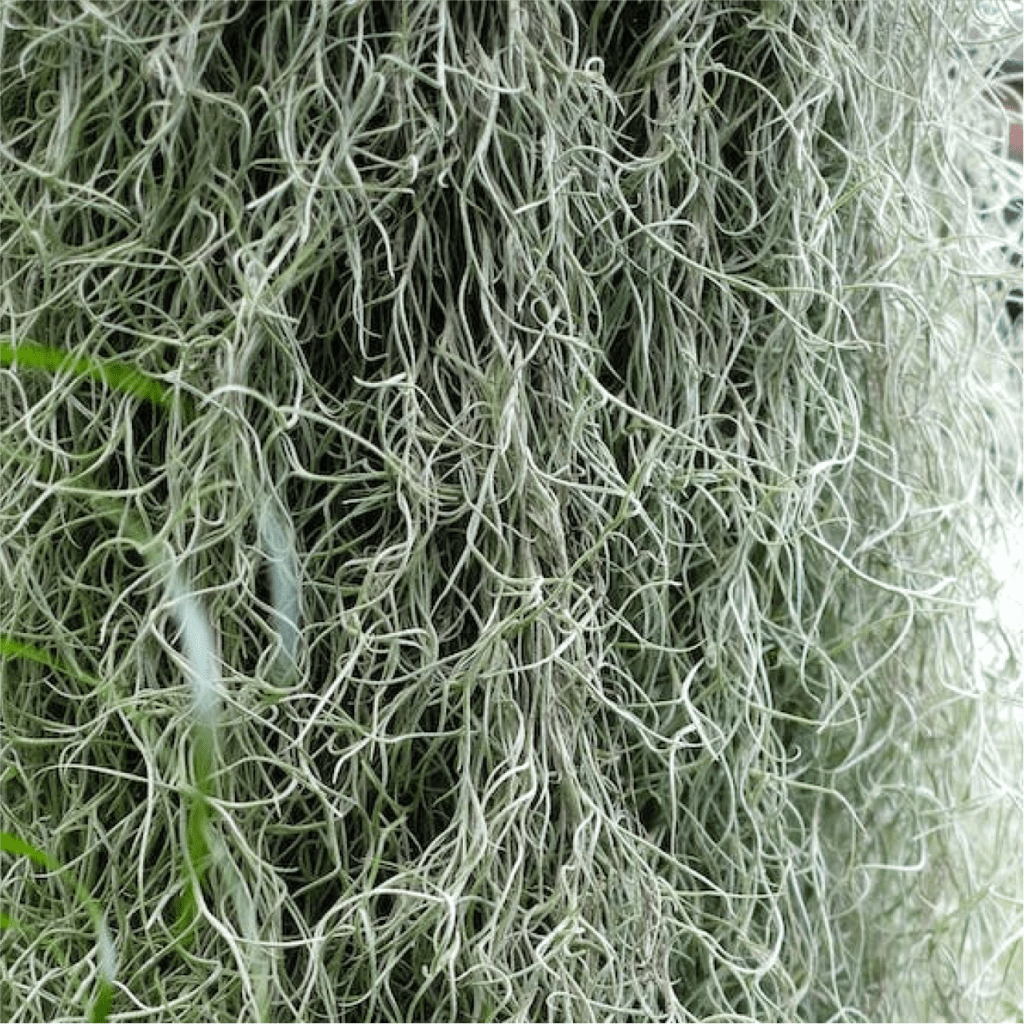

Spanish moss
Spanish moss is not actually a moss, but a Tillandsia (usneoides). This “moss” is actually an epiphyte, which means it absorbs nutrients and moisture from the air.
If you are using live Spanish moss, it requires high humidity and plenty of ventilation to thrive. This will help to retain moisture and prevents the soil from drying out too quickly.
Preserved moss is one of the most popular options and has already been dried and will not need any additional care. It will break down over time, releasing its nutrients into the soil and helping plants grow. Simply place a fluffy layer of Spanish moss on top of the potting mix and water as usual. Spanish moss is not only beautiful, but it’s also beneficial for your plants.
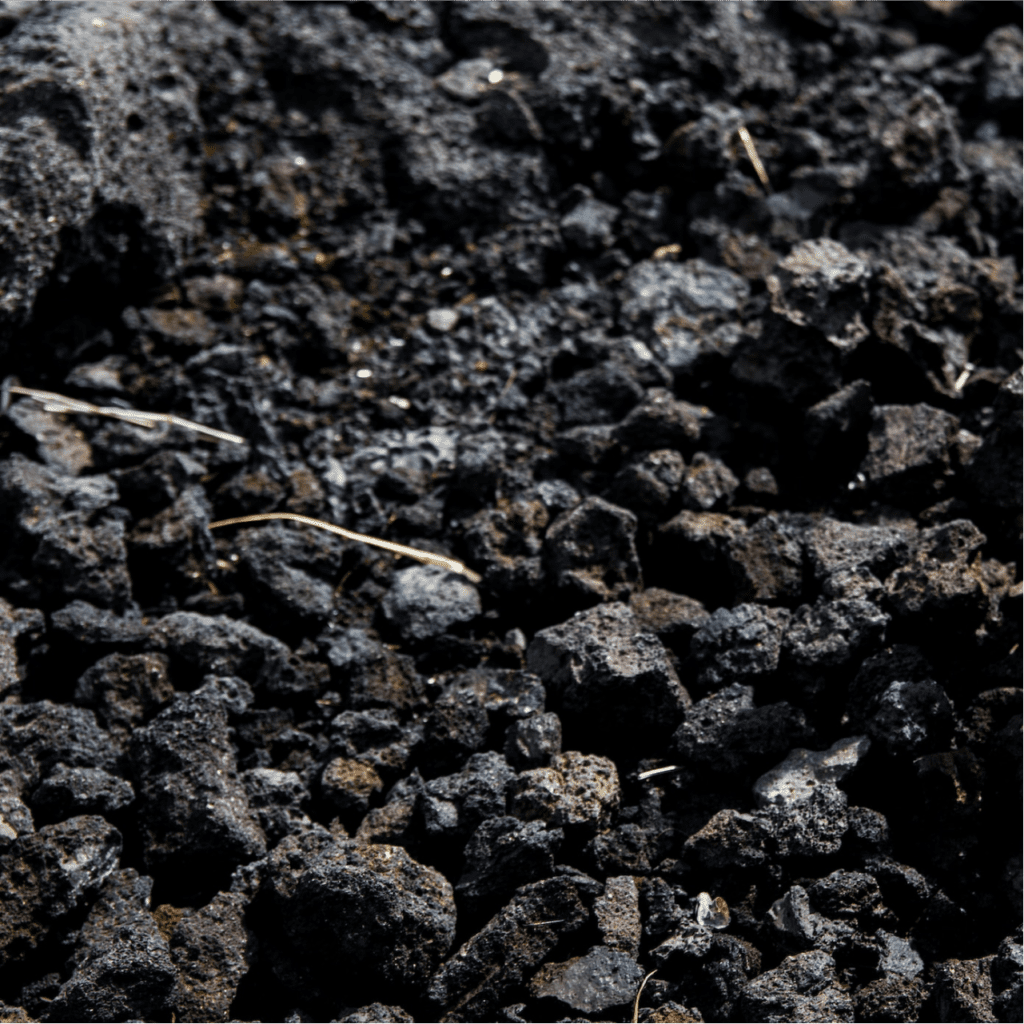

Ground Lava
Lava rock is one of the most popular top-dressing options for your houseplants. This option has been used for centuries by many gardeners as a top dressing for potted plants.
The unique porous structure of lava rock allows it to hold moisture and nutrients, making it an ideal way to help your plants stay healthy and hydrated. In addition, the slow release of nutrients from lava rock can help to reduce the need for frequent fertilizer applications.
To use lava rock as a top dressing, simply spread a layer over the soil of your potted plant. With its many benefits, adding lava rock to your houseplants is a great way to give your plants a boost as well as your decor.
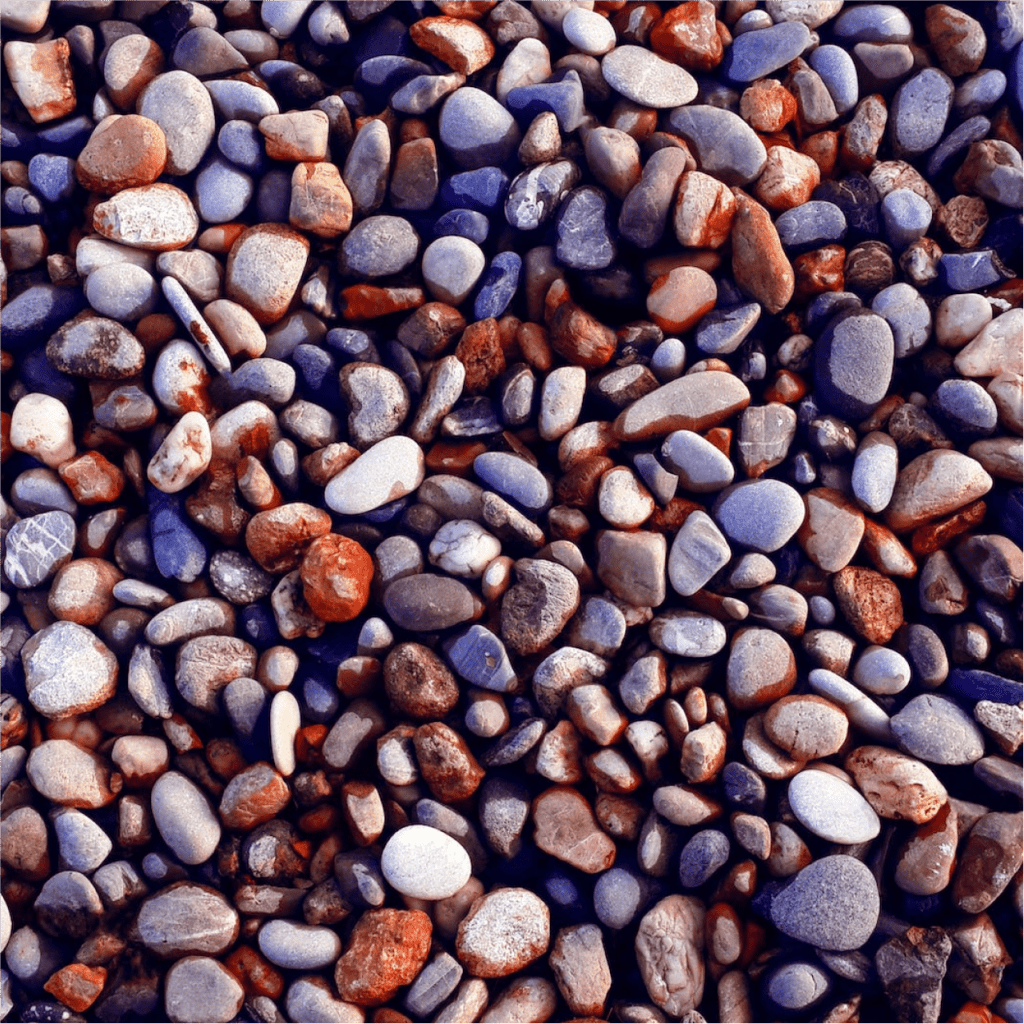

Natural River Rock
River rocks are smooth stones that are great for adding a natural look indoors. They come in a variety of sizes, shapes, and colors, making them a versatile option for adding visual interest to your indoor garden.
Top dressing your house plants with river rock can help to improve drainage and prevent moisture buildup around the roots. It can also give your plants and container a clean, polished look.
To top dress your plants with natural river rock, simply remove a thin layer of potting mix from around the base of the plant. Next, replace it with a layer of river rocks. Be sure to use small to medium-sized rocks that will not damage the roots when you top-dress your plants.
River rock is a low-maintenance option that will help to keep your plants healthy and looking their best.
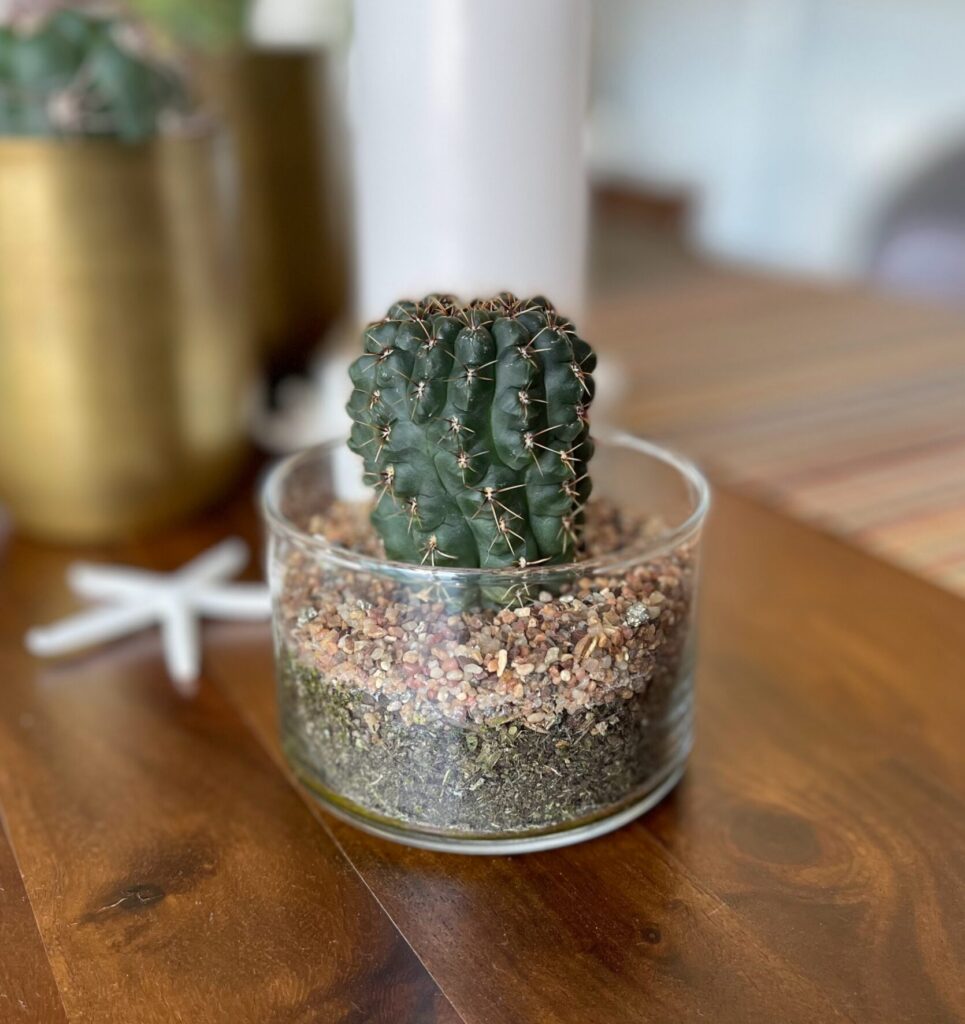

Mini or Micro Gravel
Mini-gravel is a type of gravel that is uniform and super small in size. It is ideal for use in a variety of applications like top-dressing for cacti, succulents, and bonsai. Mini-gravel is available in a variety of colors, so you can choose the one that best fits your décor. In addition, this type of gravel is relatively inexpensive and easy to find, making it a great option for those on a budget.
This gravel is applied to the top of the soil in a thin layer in the container around the base of the plant. So if you’re looking for a way to spruce up your house plants, mini-gravel may be just what you need.
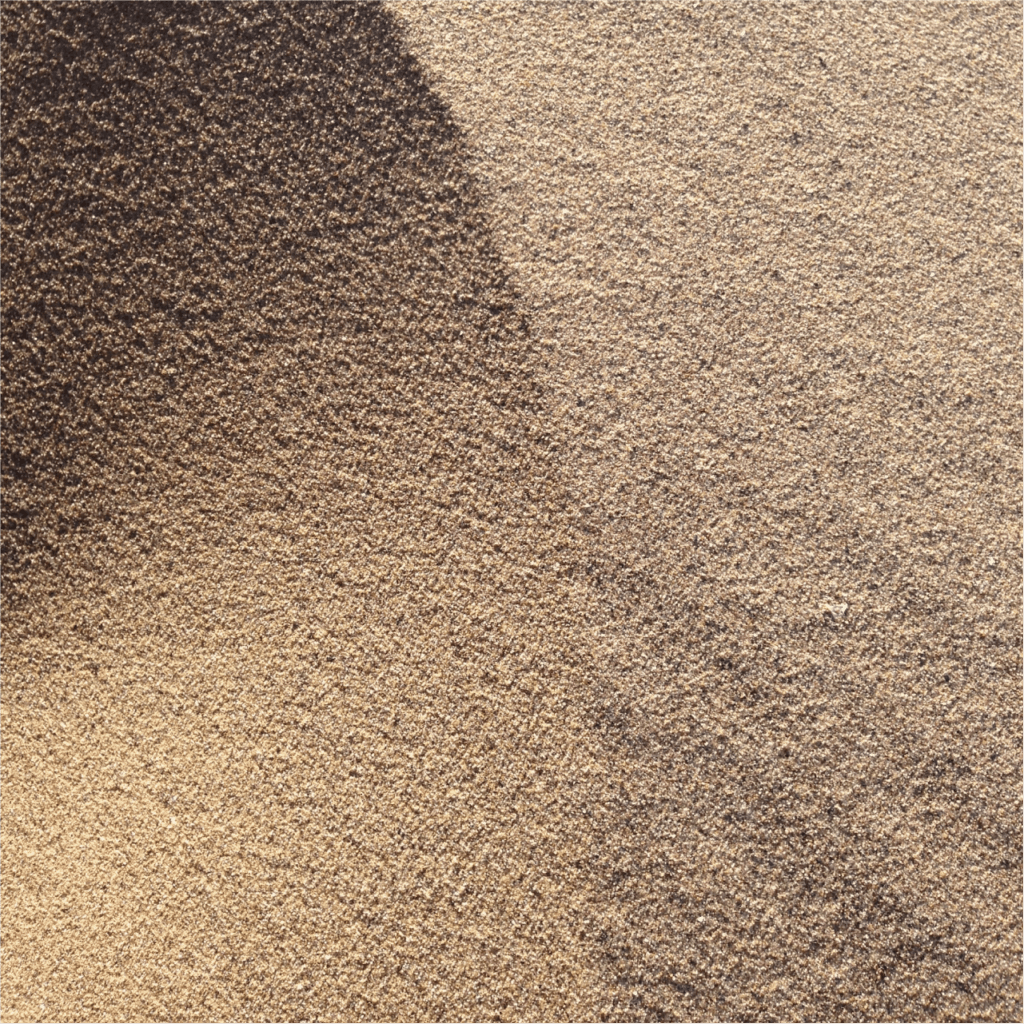

Sand
When it comes to dressing up your houseplants, there’s one secret ingredient that can make a big difference, sand. That’s right, sand can actually be used to top-dress (or cover) your potting medium. Sand is great for drought-tolerant plants and helps to keep the soil in place. It also helps to regulate moisture levels, keeping the roots healthy and hydrated. Last but not least, sand can actually help to deter pests and diseases.
Bear in mind that sand is becoming a scarce natural resource and may soon no longer be a sustainable or green option and should probably be avoided unless it is essential for the plant’s health.
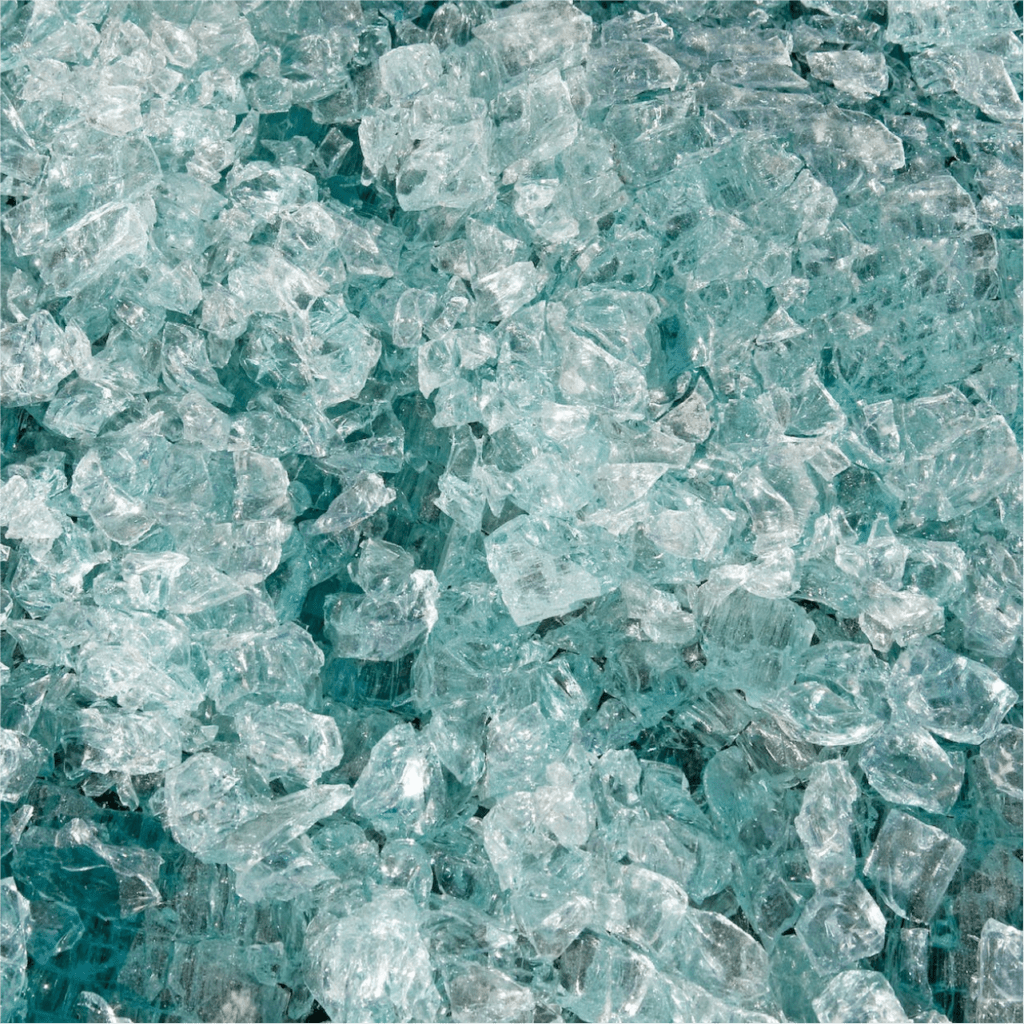

Crushed Glass
If you’re looking for a way to add a little extra pizzazz to your houseplants, crushed glass is a great option! Not only does it look beautiful, but it can also help to hold moisture in the soil and suppress weeds. Plus, it’s easy to use – simply top-dress your plants with a layer of crushed glass and water as usual.
Handle it with care
One thing to keep in mind is that it is made from recycled crushed glass and can be sharp. You may also want to avoid using it on plants that are susceptible to root damage, as the glass can cause cuts and scrapes. Other than that, have fun experimenting with different colors and textures to find the perfect look for your plants!
I hope you have enjoyed learning how a small esthetic detail like top-dressing your plant can also include so many health benefits for houseplants
No matter what type of top-dressing you choose, be sure to use a light hand when applying it to your houseplants. Too much top dressing can smother roots and lead to problems with drainage. If you’re not sure how much to use, err on the side of using less rather than more.
